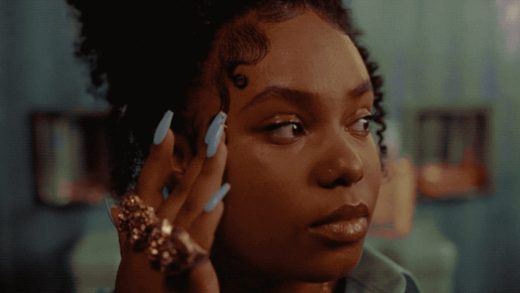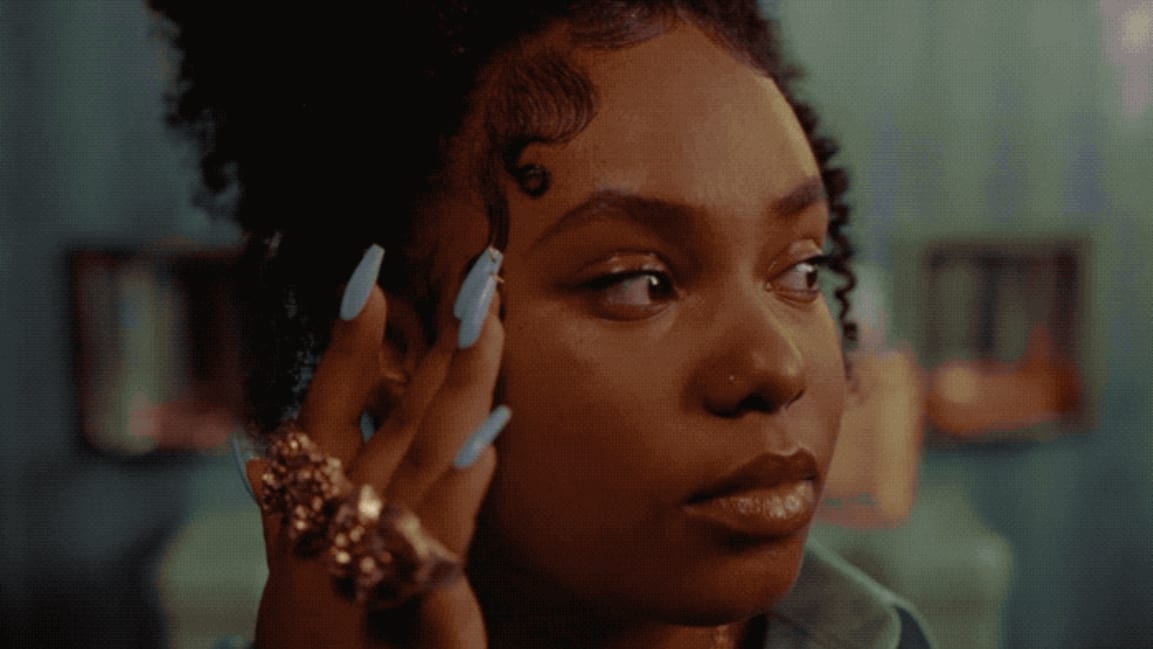Why Beats By Dre is challenging your love of Black culture with your treatment of Black people
In Spike Lee’s classic 1989 film Do The Right Thing, there’s a scene where the racist pizza slinger named Pino tries to rationalize the difference between his love of Prince, Magic Johnson, and Eddie Murphy and his general disdain for Black people. He’d never call these famous artists and sports stars the N-word, yet it spews freely from his mouth about his fellow Brooklynites.
“It’s different. Magic, Eddie, Prince are not n*****s,” says Pino, played by John Turturro. “I mean, they’re not Black. I mean . . . let me explain myself. They’re not really Black. They’re Black, but they’re not really Black. They’re more than Black. It’s different.”
Except, as Lee’s Mookie points out, it’s not different. Not at all.
That was 30 years ago, and yet the gulf between America’s love of Black culture and the systemic racism still inflicted on its Black citizens not only remains tragically intact, but given how hip-hop has become the dominant pop culture since 1989, that gap is arguably even wider.
Now Beats by Dre is addressing this hypocrisy head on in a new commercial directed by Melina Matsoukas (Queen & Slim), written by Lena Waithe, and with music by Solange Knowles. It features everyday people alongside such stars as Naomi Osaka, Bubba Wallace, and Lil Baby, as well as activists like Janaya Future Khan.
Created with agency Translation, the ad represents Beats’s ambition to get back to the kind of edgy, culturally relevant, stylish AF advertising of its heyday last decade. Chief marketing officer Chris Thorne says that since he joined the brand in 2019, he’s been working to rediscover that distinct brand voice while also charting a course that focuses on Black communities. Earlier this year Beats created its Black Futures program, providing opportunities in filmmaking for HBCU students.
This new ad aggressively stays on that path.
“What Beats did early on is kind of unmatched and that really is the goal, to get back to that powerful voice,” says Thorne. “I think there was a real opportunity for Beats to go back to its roots a little bit, have that powerful voice again, stand up for what it believes in, and really [have] the permission to be one of the strongest brand voices out there.”
Translation founder and CEO Steve Stoute says that when some brands try to make work like this—weaving culture and social issues—it can come across as hollow and insincere. But because of how Dre and his cofounder Jimmy Iovine built the Beats brand, he believes that it’s a trusted voice for tough conversations.
“This time, this current moment requires this discussion,” says Stoute. “It’s a question that needs to be answered. The fact of the matter is, Beats is providing a platform for it to be asked. This has forced us all to look inside of ourselves and ask what we’re doing to move culture forward, to eradicate racism. The spot holds that thought. ‘Do you love me? And if you do what a place that would be.’ I think we can agree those are sentiments under question right now in society.”
From Iconic to Invisible
The consistent quality and cultural hits of Beats’s run of advertising between 2013 and 2015 is arguably one of the greatest, albeit brief, runs in ad history. Working with agency R/GA, then-CMO Omar Johnson and marketing exec Jason White were able to perfectly articulate the ties between sports, music, and broader culture. From Serena Williams to Straight Outta Compton, for a short time, it was out Nike-ing even Nike ads.
Beats ads didn’t license hit songs, they turned songs into hits. “Aloe Blacc’s ‘I’m the Man’ is a song the record label wouldn’t even put on the radio,” Johnson told me in 2015. “It was on the label’s floor. We made it a sports anthem and No.1 on iTunes.”
Part music video, part ad, part short film, Beats’s best past work from Serena Williams’ “Rise,” to the World Cup-themed “Game Before the Game,” to marking LeBron’s return to Cleveland, wasn’t just putting these superstars on a pedestal but rather focused on the people behind the legend, the work that goes on behind the scenes—the criticism, the doubt, the resolve, the motivation—and all set to a killer soundtrack.
But then, just as quickly as it had exploded on the scene, Beats’s advertising disappeared. Well, not completely. Obviously the brand is still here, and still worked its marketing magic through its product styles, limited sneaker-like colorways, and famous ambassadors. But gone were the epic ads that anchored this brand’s voice in culture.
On the product side, citing a lack of innovation, The Verge asked in 2018 if Apple, which acquired the company in mid-2014, still cared about Beats. Earlier this year, the parent company took the Beats’s 1 Radio streaming service and renamed it Apple Music 1.
Bring That Beat Back
When Apple originally acquired Beats for about $3 billion, there was speculation that this was the company’s move to attract and be a bigger part of Black and hip-hop culture. Now in 2020, is there a more relevant way to be at the vanguard of commercial culture? The reemergence of Beats’s advertising edge and its relevancy in the broader culture right now is timing too perfect for coincidence.
“There are a lot of brands out there who will push and have a voice at certain times,” says Thorne. “There aren’t many I’ve seen that are going to make this who they are and a constant drumbeat. You’re going to see a lot from Beats, even over the next few weeks, of much more mission-driven storytelling, where it’s us pushing these tough questions, pushing for change. This is where the brand will be leaning heavily. A defiant voice, standing up for what we think is right.”
One of the pillars of brand trust is consistency. You can’t just change a brand’s personality, voice, or tone overnight. Luckily for Beats, it’s also tough to erase a strong foundation in a few short years, as the sheer quality of talent behind this spot can attest.
Both Thorne and Stoute know this, and have taken it on to prove the difference between the performative and the purposeful.
“There’s a saying that goes something like, the only challenge you have is the person you see in the mirror,” says Stoute. “I think the brand challenge is that some of the greatest creators of culture were the founders of this company. So our challenge is to always live up to the original brand’s purpose and voice. That’s the job. And to stay lock-step with culture as it evolves over time. That’s the responsibility.”
(24)



